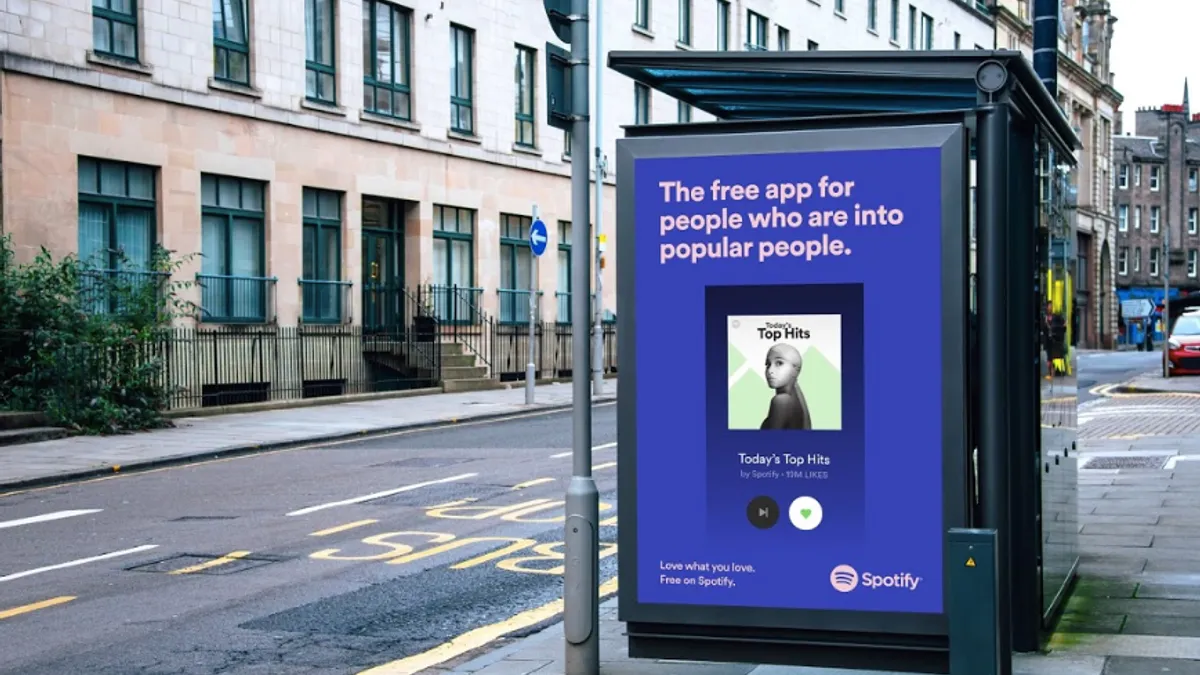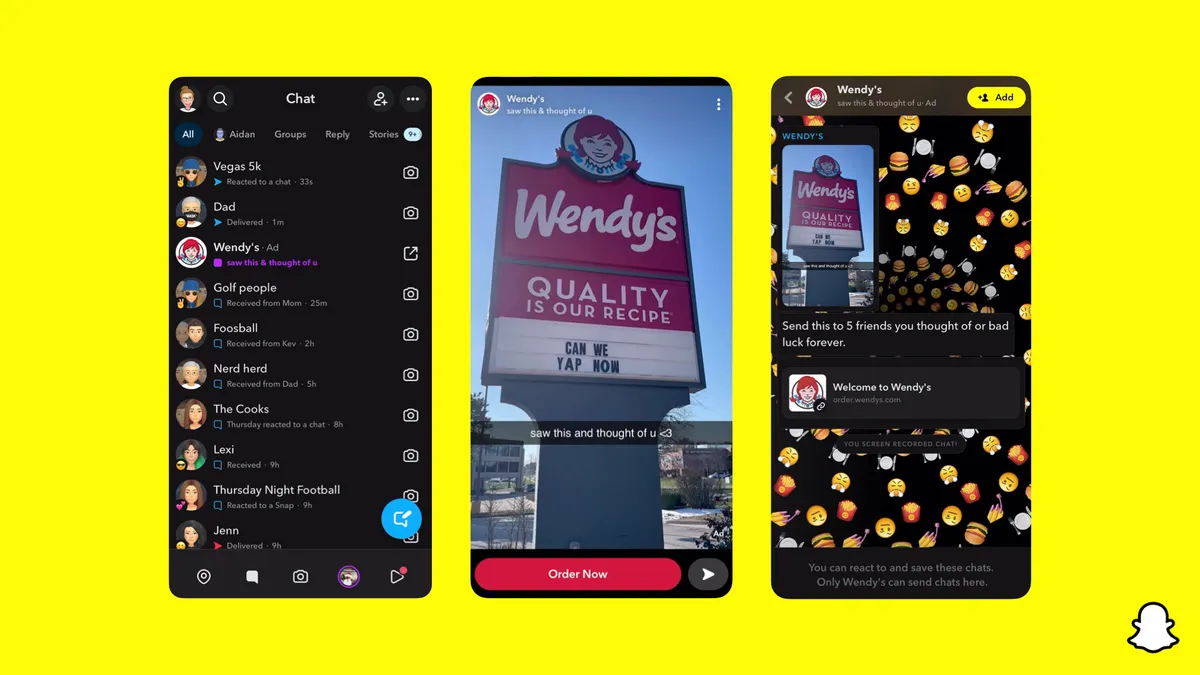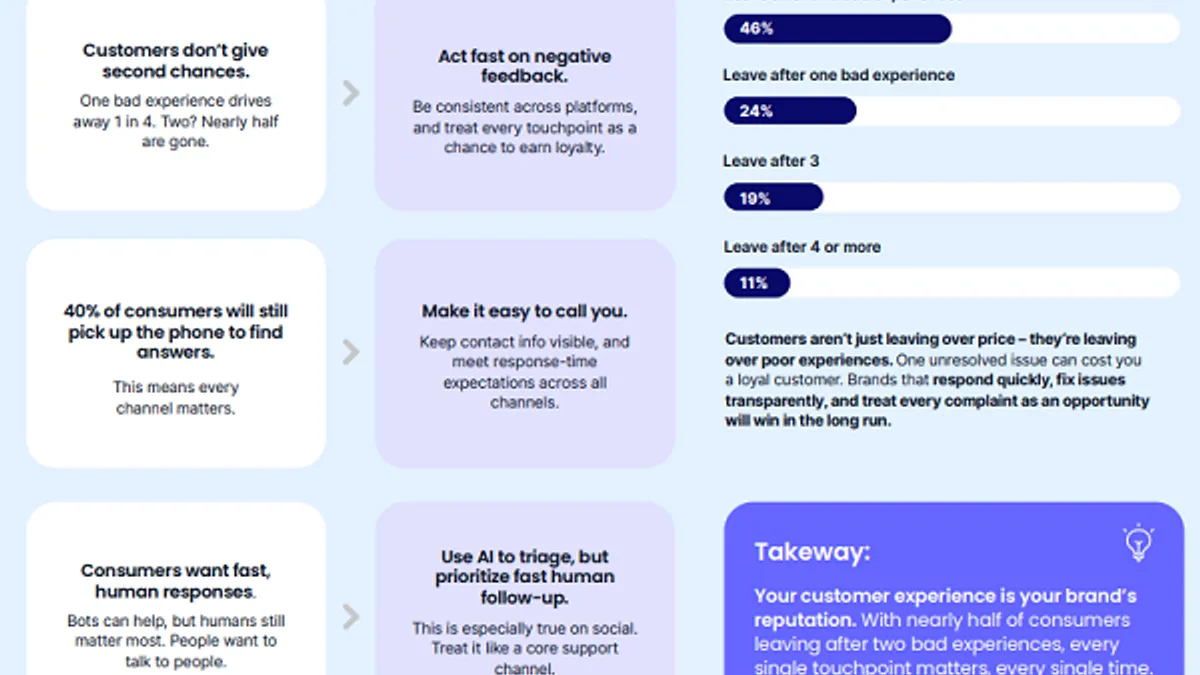Brands have always had to be thoughtful about how and where they spend their ad budgets, but the outbreak of COVID-19 has led certain categories to be particularly strategic in grabbing as much consumer attention as possible while the opportunity exists even as the advertising industry, as a whole, sees dollars disappear.
Data collected by ad intelligence and sales enablement software company MediaRadar, for example, shows just how quickly some marketers pivoted in the first quarter of 2020. This includes breakfast cereal makers, whose ad spend shot up 13% in February and March, while skincare and hygiene products invested $10.6 million, a 38% month-over-month increase.
While there's a common sense explanation to some of these fluctuations — consumers are spending more time in lockdown, with limited access to restaurants or drug stores — other ad spending patterns were less expected.
For example, the level of investment from toy companies in the weeks following the pandemic's start has outpaced what would usually be seen during holiday periods, according to MediaRadar CEO Todd Krizelman. This equals a jump of 2.5 times more than normal, to a total of $7.1 million in March.
Another surprise is how spending has grown across the prescription eyewear category.
"There has also been a nine-week consecutive surge for demand to advertise eyewear products — not sunglasses, but prescription glasses," Krizelman told Marketing Dive. "It's been a bonanza for anyone in the eye market."
To Jeff Adelson-Yan, co-founder and president of digital agency Levelwing, the ad spending trends could be akin to consumers filling up their cars amid falling gas prices, where brands have been taking advantage of the drop off in media buying and a glut of available inventory among some publishers.
"There are industries that are poised to make gains from ad spending now because we've all been cooped up at home," he said, adding that some of the activity may reflect short-term anomalies. "I think the general recovery of ad spend is going to lag those sort of outlier industries that are doing really well right now."
Perishable vs. non-perishable opportunities
There are advertisers that Adelson-Yan describes as offering "perishable opportunities," such as pizza. Marketers at such firms need to be opportunistic based on the recent circumstances. For those selling "non-perishable opportunities" such as a car manufacturer, however, there soon may be a sharp rebound in ad spending.
"If I have the means and need to buy a vehicle, I'm going to buy that vehicle once I'm able to get out, go to the dealership and make a purchase," he said. "Some consumer demand might be constrained now, but will compound as more consumers come back into the market."
Another way to look at it might be that ad spending could make sense for brands that offer a sense of personal fulfillment right now.
Take Masterclass, the online education provider whose activity over the last few months puts it into a class of its own. The company's total ad spend in March and April was more than its entire outlay for 2019, according to MediaRadar, involving a wide assortment of TV and digital spots. Overall, the education sector almost tripled its ad spend.
"What is interesting in the case of Masterclass is the degree of marketing they're doing. And it's working — they're getting lot of people to take the offer," Krizelman said, adding that MediaRadar has seen similar trends in brands that offer various job services. "Obviously it's going to be a train wreck if the whole population becomes or stays unemployed, but if that period is shorter, people will invest in themselves."
Not everyone is taking online courses, but Krizelman noted a lift in ad spending from lower-tier jewelry makers such as Pandora. This suggests that, beyond furthering their education, consumers may be ready to treat themselves a little.
"I think the general recovery of ad spend is going to lag those sort of outlier industries that are doing really well right now."

Jeff Adelson-Yan
Levelwing, CEO
Other categories where the ad dollars are flowing include — not surprisingly — videoconferencing software, which saw ad spend spike to $45 million, hair care products, which nearly tripled ad spend by the end of Q1, and bath and shower products, for which weekly spend was up more than 2.5 times since COVID-19 began. On the flip side, MediaRadar saw travel-related programmatic ad spending tick down 79% over the same period.
The marketing mix
Depending on how the economy recovery pans out, brands may have to think not only about whether they change their ad spending levels, but how they configure the marketing mix.
Krizelman said he believes many brands in sectors like travel went back to their agencies and essentially asked to trade commitments they had made at the TV upfronts and Digital Content NewFronts with other brands that wanted those slots.
Online video will continue to be a big priority for many marketers, Adelson-Yan said, while Jason Kiefer, partner and chief commercial officer at out-of-home agency Billups, said the closure of summer camps and gas prices will likely lead more families to be out driving this summer. This could make it an ideal time to add billboards back into their plans, he said.
"I believe that, with the effect that data now has on OOH quantification, the medium will see its role in the marketing mix elevated, and possibly even double once a vaccine is created and public confidence returns," he said.
Even then, though, brands will have to be careful with their creative and aim for an empathetic and purpose-driven tone, Kiefer added.
"Perhaps, if we continue a slow and steady recovery, we can expect traditional selling ads to re-emerge for back to school or the holiday season in Q4," he said. "[But] consumers will have less money to spend, and they will be looking for the best brands for their budget. Luxury retailers and products will have to work extra hard to convince consumers they are worth the premium."
Adelson-Yan wasn't so sure, suggesting that marketers should look for opportunities to bring a sense of humor back into their work, once the time is right.
"What I have seen is almost a sea of sameness in this solemn approach to marketing," he said. "Footage of New Yorkers cheering for healthcare workers — a lot of the advertising has sort of felt like that. The longer this goes on, it's a double-edged sword. We’re going to need some sort of getaway from that news."






















